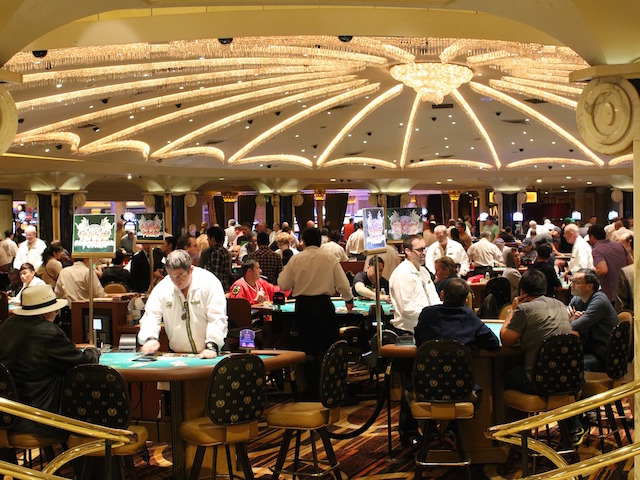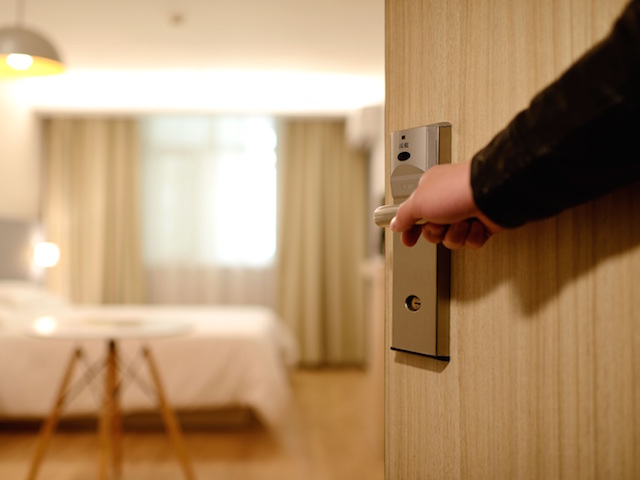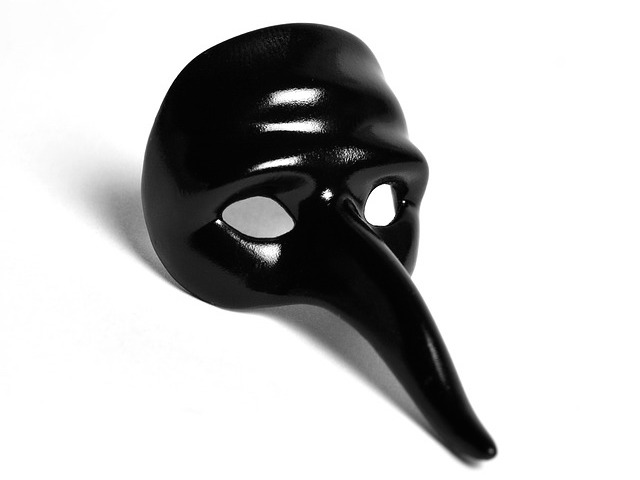Look the Part
It pays to do a little market research.
If you were going into business in the traditional sense, you would hopefully research your target demographic and see what they’re buying, so to speak. In order to reach your potential customers most effectively, you have to give them what they want, in a way that ideally isn’t too different than what they’re accustomed to.
As an advantage player, your customers are casinos. You’re selling them a false narrative (that you’re a legitimate gambler), and you can most effectively do this by presenting this narrative in a way that they recognize and are comfortable with.
A couple of months ago, I took a look at a few of the common AP tells (“Don’t Look Like an AP“), in an effort to shine a light on some of the ways that APs give themselves away to the astute observer. Now, let’s take a more active approach and intentionally adopt the mannerisms and behaviors of the gamblers you’re trying to blend in with.
The first thing to take into consideration is that gamblers aren’t the same in all parts of the world, or across different levels of play. A high-stakes gambler in Macau is usually going to appear very unlike a high-stakes gambler in Atlantic City. The average red-chipper in a tourist town like Vegas would probably look a little out of place in the middle of Iowa.
When doing your market research, spend some time observing gamblers playing similar stakes to you in the region you’re playing in. How do they dress? How do they interact with the dealers, pit crew, and cocktail staff? How do they carry themselves at the table, and what is their interaction with other gamblers like? What are their betting tendencies? Look at hands, body language, and facial expressions. Listen in on some conversations.
I once played at an unfamiliar casino in a somewhat rural locale. Since I planned to play on the main floor, I took a stroll around the tables and noticed that a big chunk of the players were drinking a specific type of beer that was served in a fairly unusual way (sorry, you’ll have to use your imagination). I also took note of how many people wore baseball hats, whether or not people wore jackets or coats in the casino (it was warm outside but cold inside), and how the players interacted with the dealers and each other. When I came back to play, I like to think that I blended in reasonably well.
Another time, I played in a casino where I anticipated some high-stakes action. There were plenty of high rollers to observe, so I spent some time in the high limit room to get a sense of the high-stakes vibe at this particular property. I found that the big players here tended to dress extremely casually, blending in with the lower-stakes gamblers on the main floor. If I didn’t know any better, I might have showed up with a more upscale look, but instead, I kept it casual and fit right in.
Spend a little time doing your homework before you play, and you can avoid being the green-chipper in an off-strip local’s joint wearing a suit and setting off alarms before you even sit down to play. Instead, you’ll sell the casino exactly what they’re in the market for. And that’s just plain good business.
_____
Blake Phillips is a professional advantage player and contributing editor to AP Street. Contact him at bp@apstreet.com






